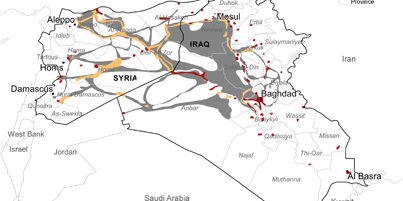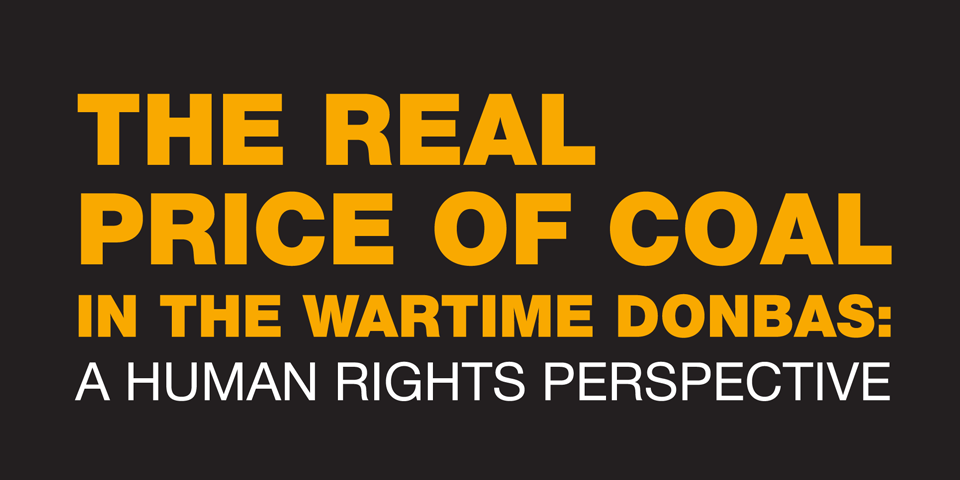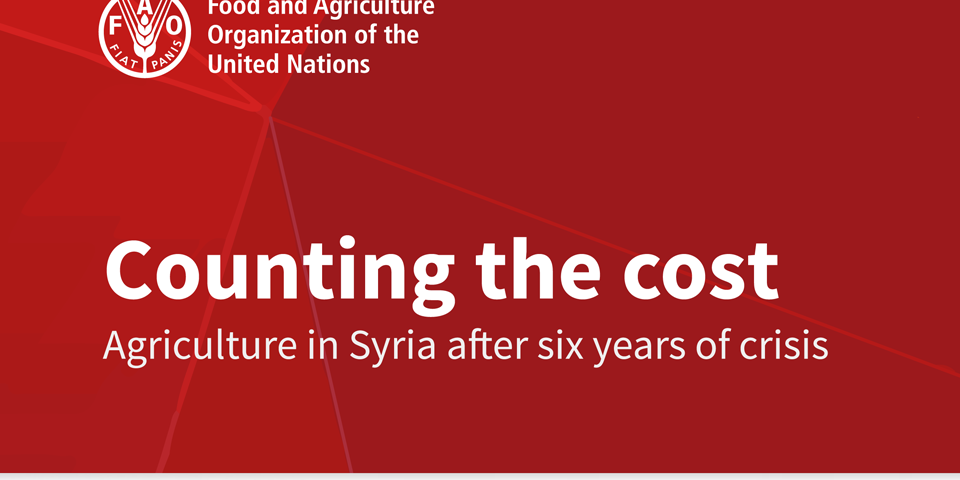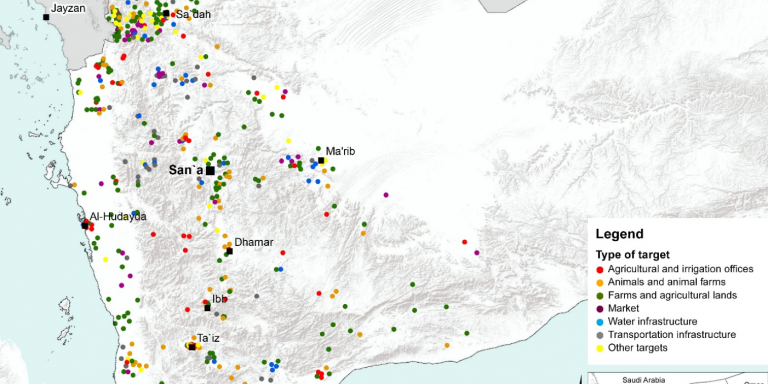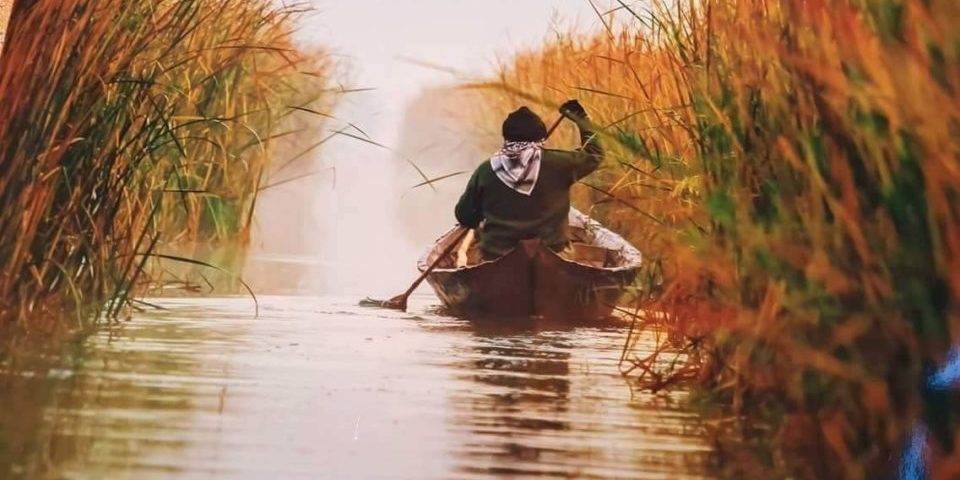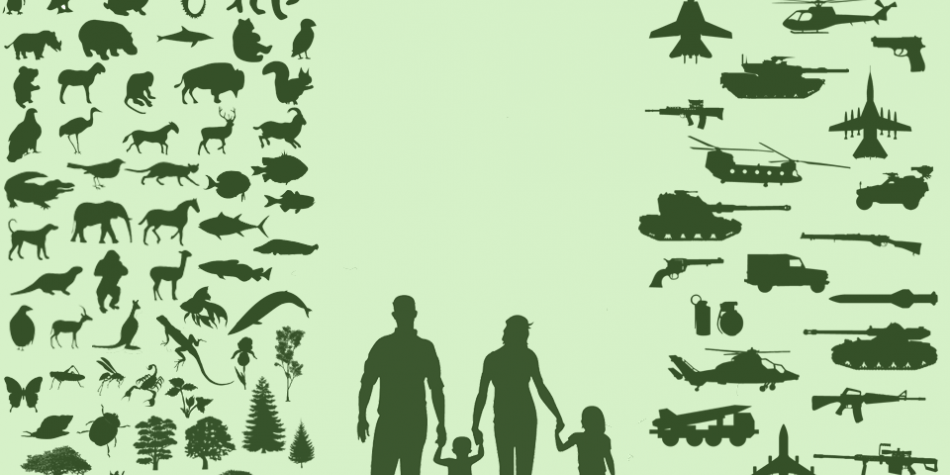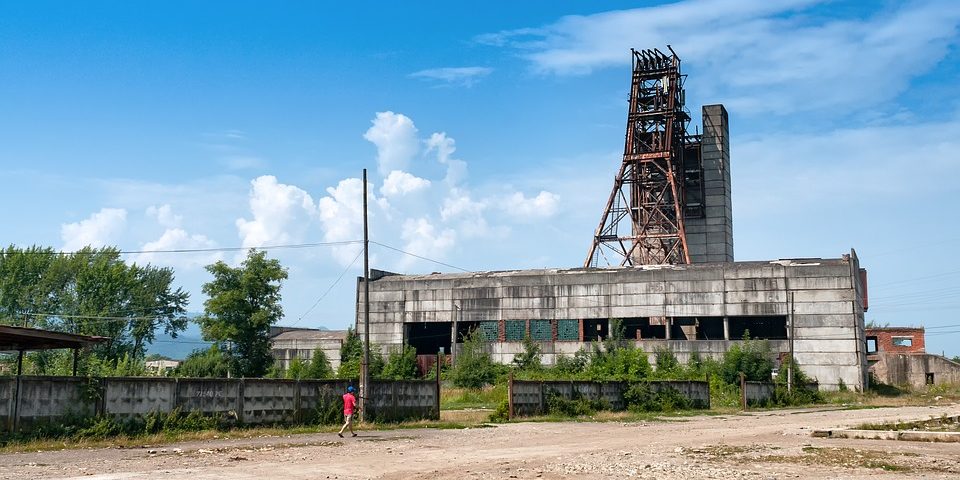Eklund et al | How conflict affects land use: agricultural activity in areas seized by the Islamic State
The emergence of IS reshaped the agricultural landscape of Iraq and Syria in some areas, low-intensity agriculture was generally maintained and even expanded in some places. High-intensity farming seems to have been better maintained inside the IS zones than in the rest of Iraq and Syria.

